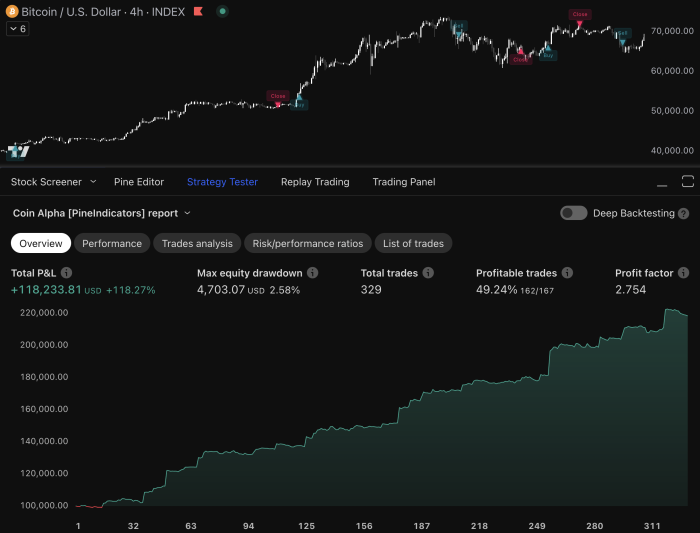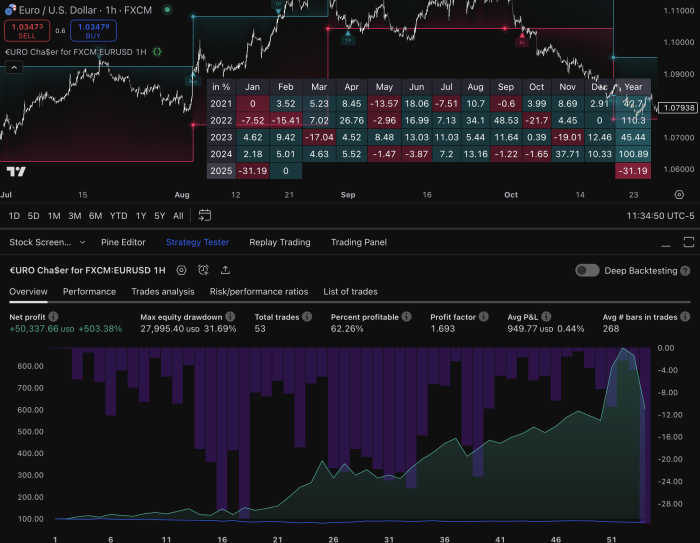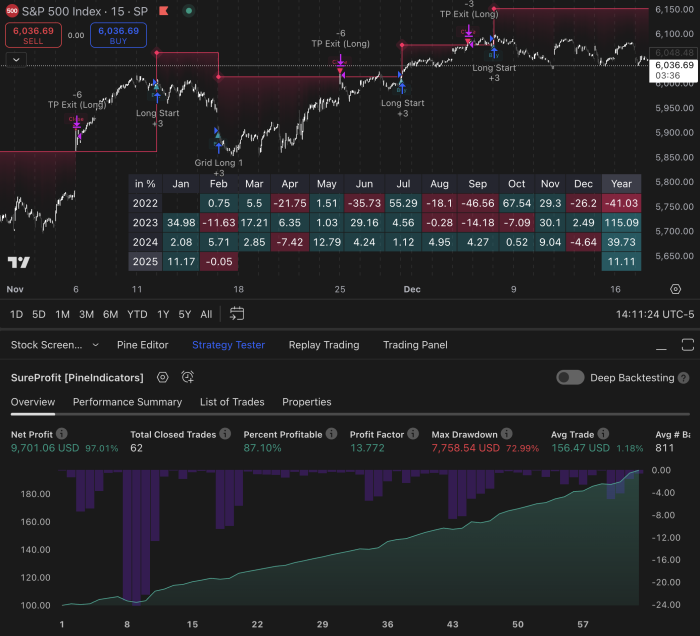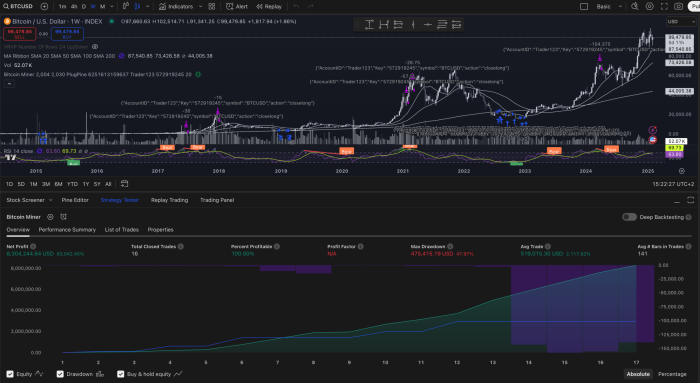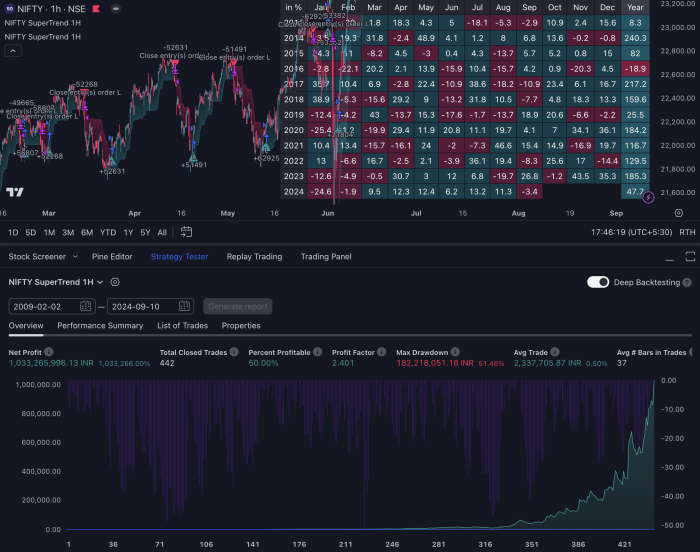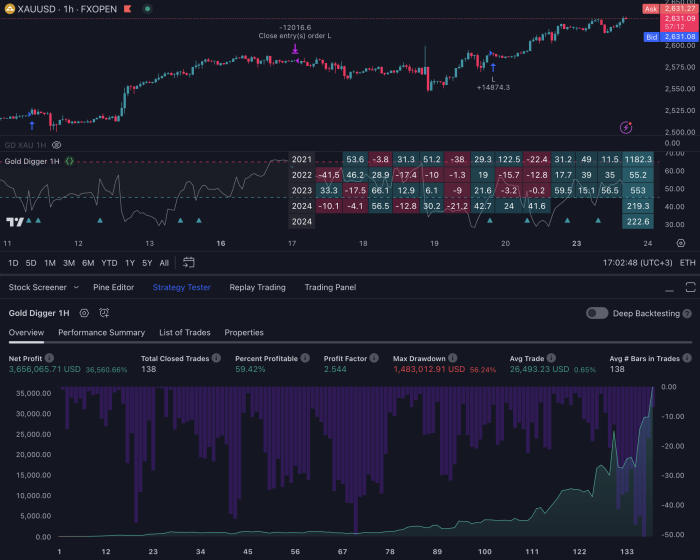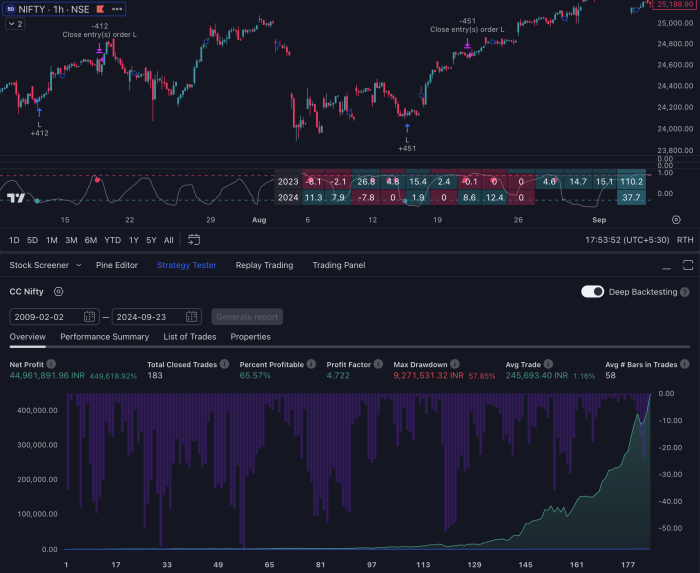TradingView has emerged as a powerful platform for traders and investors, offering a comprehensive suite of tools for market analysis and strategy development. With its user-friendly interface and extensive community support, TradingView allows users to create, share, and refine trading strategies that can be applied across various financial markets. The platform’s versatility makes it suitable for both novice traders looking to learn the ropes and seasoned professionals seeking to enhance their trading performance.
As the financial landscape continues to evolve, understanding how to leverage TradingView strategies becomes increasingly essential for anyone looking to navigate the complexities of trading. The significance of TradingView strategies lies not only in their ability to provide insights into market trends but also in their potential to automate trading decisions. By utilizing a combination of technical indicators, chart patterns, and market signals, traders can develop strategies that align with their risk tolerance and investment goals.
This article delves into the intricacies of TradingView strategies, exploring their foundational elements, the role of indicators, backtesting methodologies, risk management techniques, advanced strategies, automation possibilities, and practical tips for success.
Key Takeaways
- TradingView Strategies are a powerful tool for traders to automate their trading decisions and execute them on the TradingView platform.
- Understanding the basics of TradingView Strategies involves learning about the Pine Script programming language, which is used to create custom indicators and strategies.
- Using indicators and signals in TradingView Strategies allows traders to incorporate technical analysis into their automated trading decisions.
- Backtesting and optimizing your TradingView Strategies is essential for evaluating their performance and making necessary adjustments for better results.
- Implementing risk management in your TradingView Strategies is crucial for protecting your capital and maximizing long-term profitability.
Understanding the Basics of TradingView Strategies
At its core, a TradingView strategy is a systematic approach to trading that incorporates specific rules and criteria for entering and exiting trades. These strategies can be based on various factors, including price action, volume analysis, and technical indicators. The platform provides users with the ability to create custom scripts using Pine Script, TradingView’s proprietary programming language.
This flexibility allows traders to tailor their strategies to fit their unique trading styles and preferences. To effectively utilize TradingView strategies, it is crucial to understand the fundamental components that make up a successful trading plan. This includes defining clear entry and exit points, establishing stop-loss levels, and determining position sizing.
A well-structured strategy should also incorporate a thorough analysis of market conditions and potential risks.
By clearly outlining these elements, traders can create a roadmap that guides their decision-making process and helps them remain disciplined in the face of market volatility.
Using Indicators and Signals in TradingView Strategies
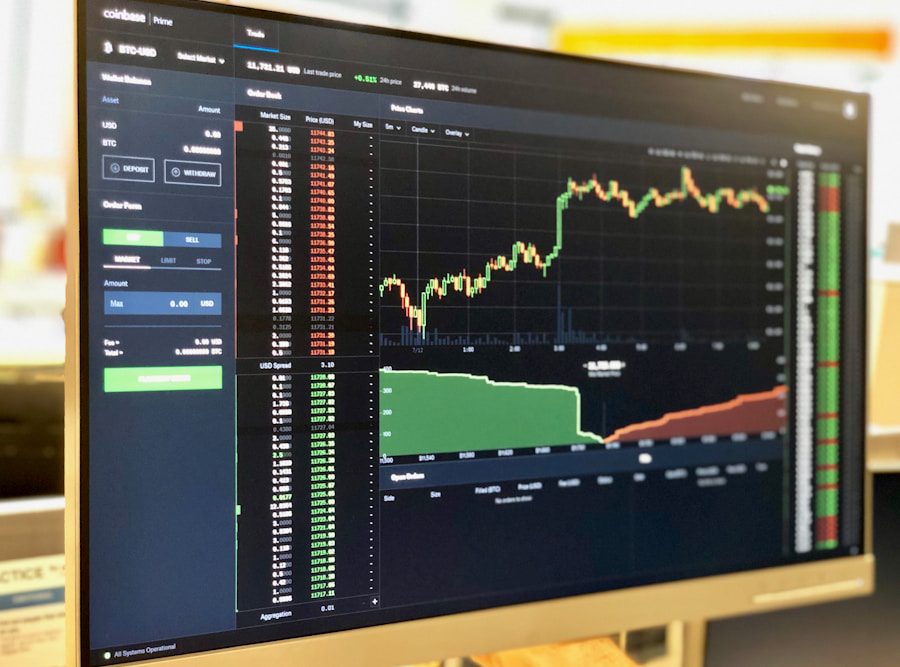
Indicators play a pivotal role in the development of TradingView strategies, serving as tools that help traders interpret market data and identify potential trading opportunities. There are numerous indicators available on TradingView, ranging from simple moving averages to complex oscillators like the Relative Strength Index (RSI) and Bollinger Bands. Each indicator provides unique insights into market behavior, allowing traders to make informed decisions based on quantitative analysis.
For instance, moving averages can help smooth out price fluctuations and identify trends over specific time frames. A common strategy involves using two moving averages—a short-term and a long-term average—to generate buy or sell signals when they cross each other. Similarly, momentum indicators like the RSI can signal overbought or oversold conditions, prompting traders to consider potential reversals.
By combining multiple indicators within a single strategy, traders can enhance their analytical capabilities and increase the likelihood of successful trades.
Backtesting and Optimizing Your TradingView Strategies
| Strategy Name | Backtest Return | Win Rate | Max Drawdown |
|---|---|---|---|
| Strategy 1 | 15% | 70% | 5% |
| Strategy 2 | 20% | 65% | 7% |
| Strategy 3 | 18% | 75% | 4% |
Backtesting is an essential process in the development of TradingView strategies, allowing traders to evaluate the effectiveness of their approaches using historical data. By simulating trades based on past market conditions, traders can assess how their strategies would have performed over time. This process not only helps identify strengths and weaknesses but also provides valuable insights into potential adjustments that could improve overall performance.
To conduct backtesting on TradingView, users can utilize the platform’s built-in features that allow for easy access to historical price data. Traders can set specific parameters for their strategies, such as entry and exit criteria, stop-loss levels, and position sizes. Once the backtest is complete, the results can be analyzed through various metrics, including win rate, profit factor, and maximum drawdown.
This quantitative analysis is crucial for optimizing strategies before deploying them in live trading environments.
Implementing Risk Management in Your TradingView Strategies
Risk management is a cornerstone of successful trading and should be an integral part of any TradingView strategy. Effective risk management involves identifying potential risks associated with each trade and implementing measures to mitigate those risks. This includes setting appropriate stop-loss orders to limit potential losses and determining position sizes based on account equity and risk tolerance.
One common approach to risk management is the use of the “1% rule,” which suggests that traders should risk no more than 1% of their total trading capital on any single trade. By adhering to this principle, traders can protect their accounts from significant drawdowns while allowing for consistent growth over time. Additionally, diversifying trades across different assets or markets can further reduce risk exposure.
By incorporating robust risk management techniques into their TradingView strategies, traders can enhance their chances of long-term success while minimizing emotional decision-making during periods of market turbulence.
Advanced Techniques for TradingView Strategies

As traders become more proficient in using TradingView strategies, they may seek to explore advanced techniques that can further enhance their trading performance. One such technique is the use of multi-timeframe analysis, which involves examining price action across different timeframes to gain a comprehensive view of market trends. For example, a trader might analyze daily charts for long-term trends while using hourly charts for precise entry points.
Another advanced technique is the incorporation of machine learning algorithms into TradingView strategies. By leveraging historical data and predictive modeling, traders can develop algorithms that adapt to changing market conditions. This approach allows for more dynamic trading strategies that can respond to real-time data inputs.
Additionally, traders may explore sentiment analysis by monitoring social media trends or news sentiment to gauge market psychology and make informed trading decisions.
Integrating Automated Trading with TradingView Strategies
Automated trading has gained popularity among traders seeking to eliminate emotional biases and execute trades with precision. TradingView offers integration with various brokerage platforms that support automated trading through webhooks or API connections. By developing a robust TradingView strategy and linking it to an automated trading system, traders can execute trades based on predefined criteria without manual intervention.
For instance, a trader might create a strategy that generates buy signals when specific technical indicators align favorably. By connecting this strategy to an automated trading platform, trades can be executed instantly when conditions are met. This not only saves time but also ensures that opportunities are not missed due to human error or indecision.
However, it is essential for traders to thoroughly test their automated strategies through backtesting before deploying them in live markets to ensure reliability and effectiveness.
Tips for Success with TradingView Strategies
Achieving success with TradingView strategies requires a combination of discipline, continuous learning, and adaptability. One key tip is to maintain a trading journal where traders can document their trades, including entry and exit points, reasons for taking each trade, and outcomes. This practice fosters self-reflection and helps identify patterns in trading behavior that may need adjustment.
Additionally, staying informed about market news and economic events is crucial for making timely decisions based on external factors that may impact price movements. Traders should also be open to revisiting and refining their strategies as market conditions change over time. Engaging with the TradingView community by sharing insights and learning from others can provide valuable perspectives that enhance one’s trading approach.
Ultimately, success in trading is not solely about having a perfect strategy but rather about developing a mindset that embraces both wins and losses as part of the learning process. By cultivating patience and resilience while leveraging the powerful tools available on TradingView, traders can navigate the complexities of the financial markets with greater confidence and skill.
If you are interested in automating your trading strategies on TradingView, you may want to check out this article on automating trading strategies on TradingView. This article provides valuable insights and tips on how to effectively automate your trading strategies using TradingView’s platform. Additionally, if you are looking for crypto indicators for TradingView or crypto scalping strategies, you can also find helpful resources on crypto indicators for TradingView and crypto scalping strategies on TradingView. These articles offer in-depth analysis and guidance on how to optimize your trading experience in the cryptocurrency market.
FAQs
What is TradingView?
TradingView is a web-based platform for traders and investors to analyze and visualize financial markets. It offers a wide range of tools and features for technical analysis, charting, and social networking.
What are TradingView strategies?
TradingView strategies are custom scripts written in Pine Script, the platform’s proprietary programming language. These strategies are used to automate trading decisions based on specific conditions and criteria set by the user.
How can I buy TradingView strategies?
You can buy TradingView strategies from the TradingView website’s “Scripts” section, where developers and traders offer their strategies for sale. You can also find strategies for sale on third-party marketplaces and forums dedicated to TradingView.
What should I consider before buying a TradingView strategy?
Before buying a TradingView strategy, consider the strategy’s track record, the developer’s reputation, and the strategy’s compatibility with your trading style and risk tolerance. It’s also important to understand the strategy’s logic and how it operates in different market conditions.
Are there any risks associated with buying TradingView strategies?
Yes, there are risks associated with buying TradingView strategies, including the potential for financial loss if the strategy does not perform as expected. It’s important to thoroughly research and test a strategy before using it with real money, and to only invest what you can afford to lose.
Can I customize a purchased TradingView strategy?
Depending on the developer’s terms and conditions, you may be able to customize a purchased TradingView strategy to some extent. However, it’s important to respect the developer’s intellectual property rights and any licensing agreements associated with the strategy.

